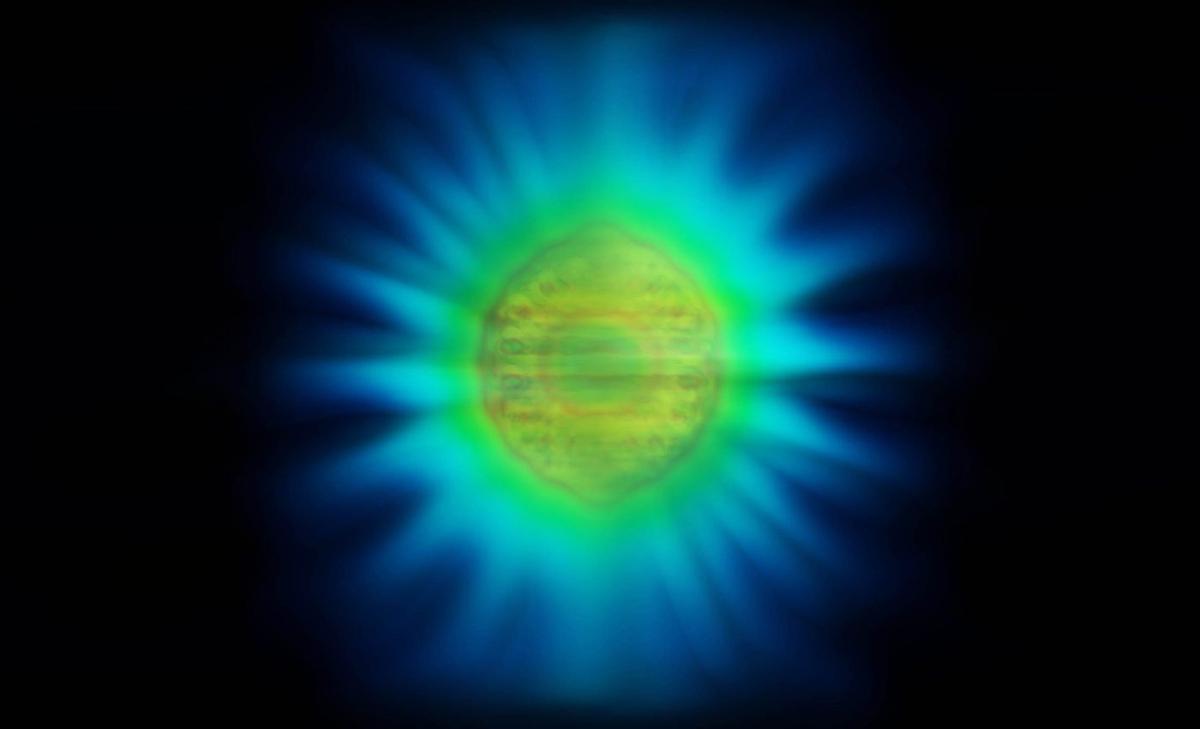Scientists Finally Visualize Shape of Individual Photon for First Time

A team of researchers has breakthrough in quantum physics, defining the precise shape of a single photon for the first time. Led by Dr. Benjamin Yuen from the University of Birmingham, the groundbreaking study published in Physical Review Letters, has provided a visual representation of a photon and revolutionized our understanding of how photons interact with their environment.
According to the researchers, understanding the shape and behavior of photons is crucial for designing new nanophotonic technologies that could lead to advancements in secure communication methods, improved detection of pathogens, and even control over chemical reactions at a molecular level.
A photon is the fundamental unit of light and all electromagnetic radiation. Unlike particles that have mass, photons are massless and always move at the speed of light in a vacuum. They exhibit both particle-like and wave-like properties, known as wave-particle duality.
The interaction between photons and their environment leads to endless possibilities for how light exists and travels. The team's model describes how photons interact with atoms or molecules that emit them and how energy from that interaction travels into the distant surroundings, known as the "far field".
"We’ve been able to convert a seemingly unsolvable problem into something that can be computed," said Dr. Yuen. "And almost as a byproduct of the model, we were able to produce this image of a photon, something that hasn’t been seen before in physics."
The visualization of a photon is expected to have significant impact on various fields, from healthcare to technology and environmental science.
"By understanding how photons interact with their environment, scientists can engineer light-matter interactions for future applications," said Dr. Yuen. "Imagine better sensors that can detect diseases at an early stage, more efficient solar cells that provide cleaner energy, or advancements in quantum computing that could solve complex problems in seconds."
The study has provided a new level of understanding into the fundamental nature of photons and opens up new research paths.
The full study was published in Physical Review Letters.
